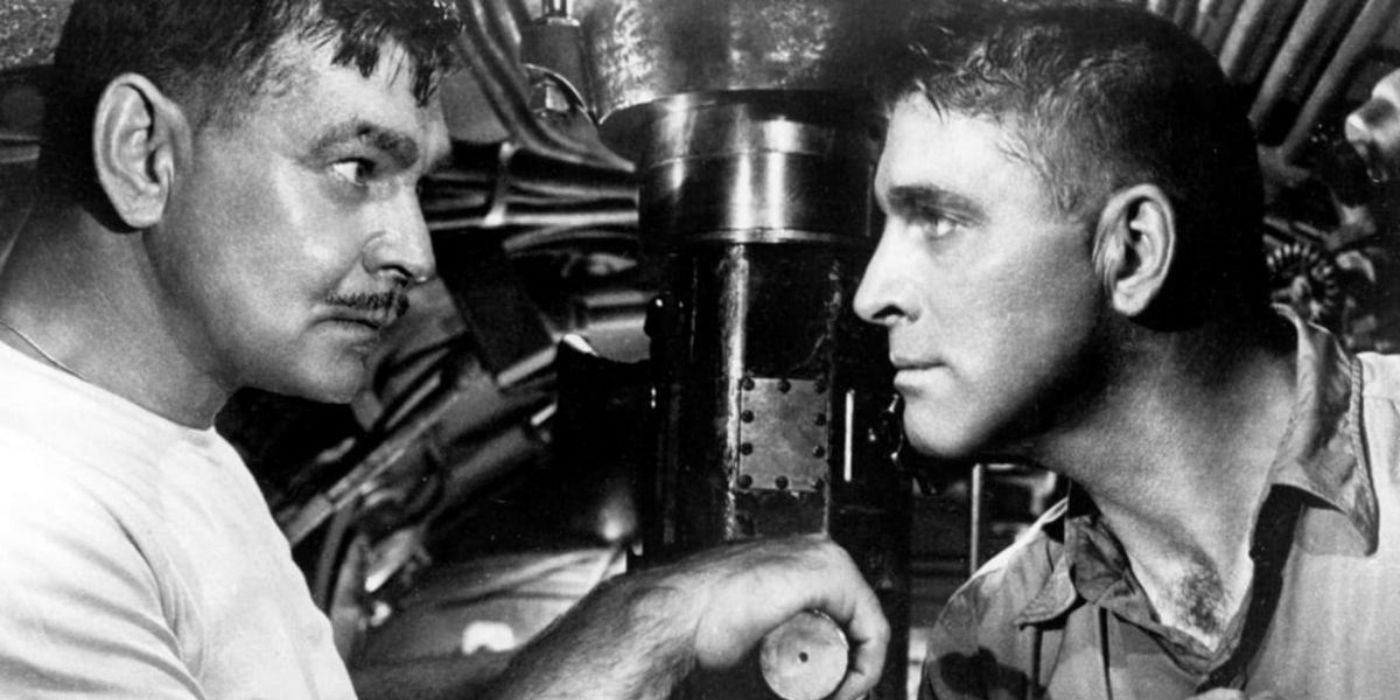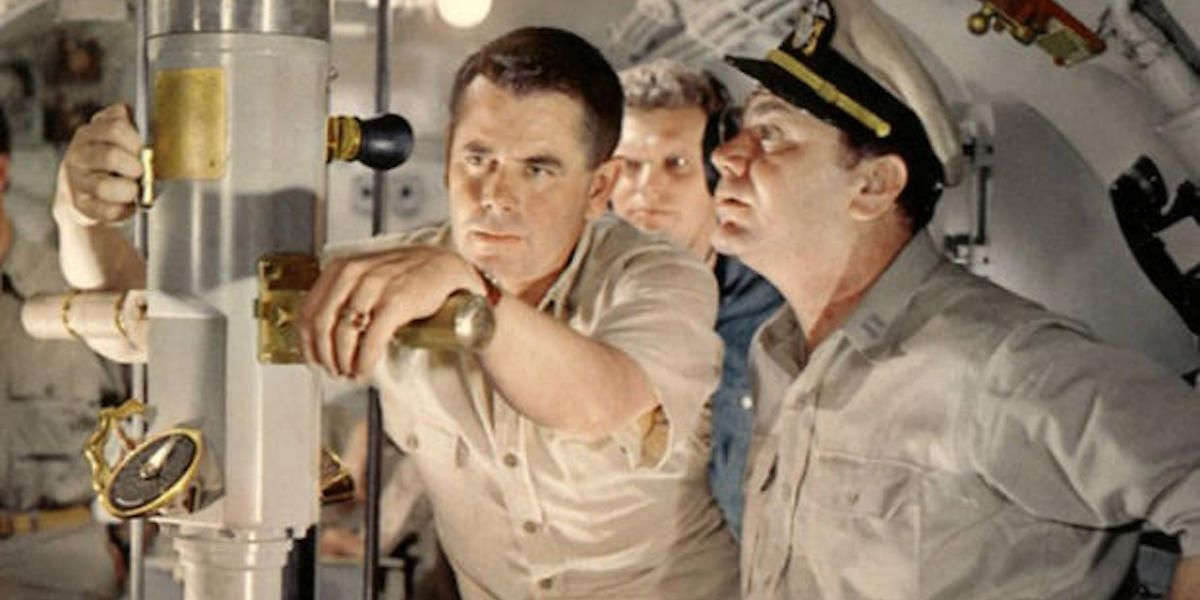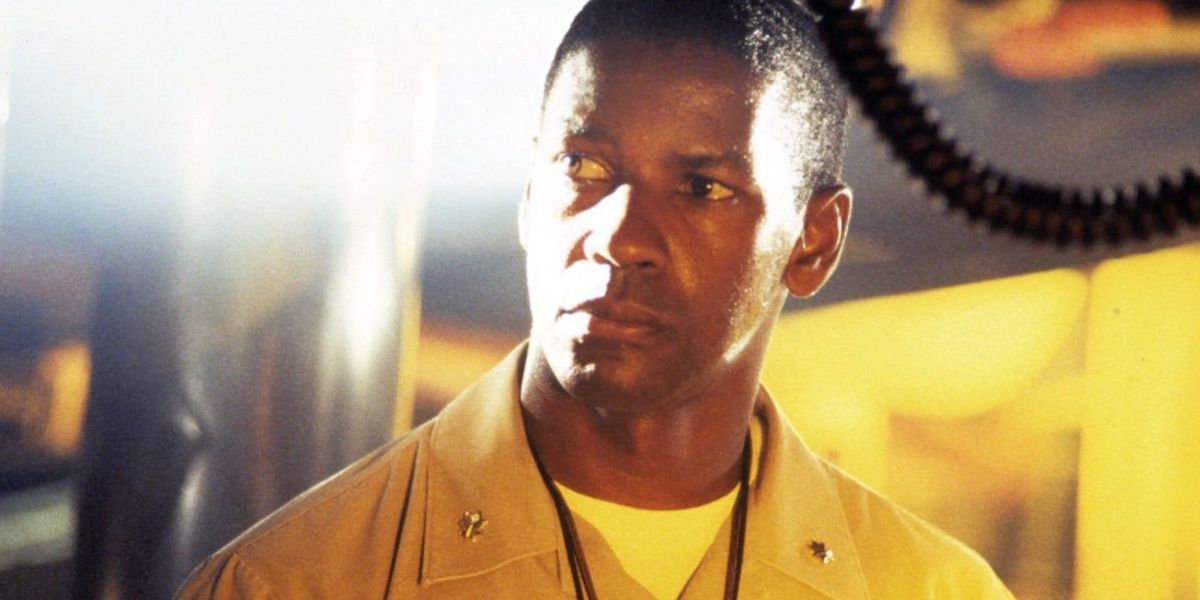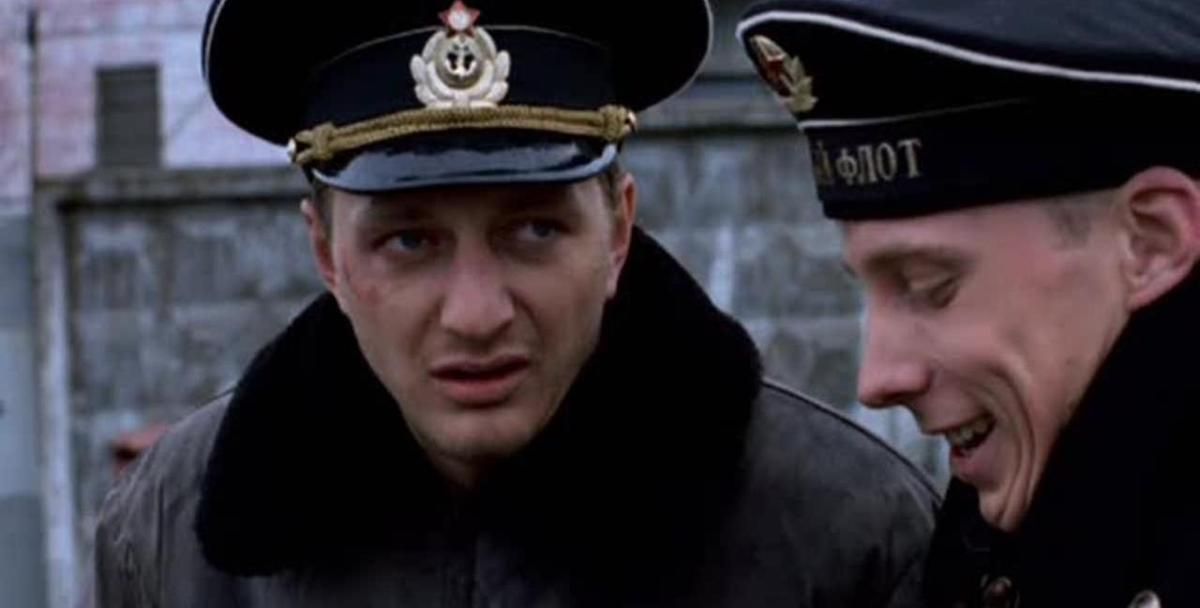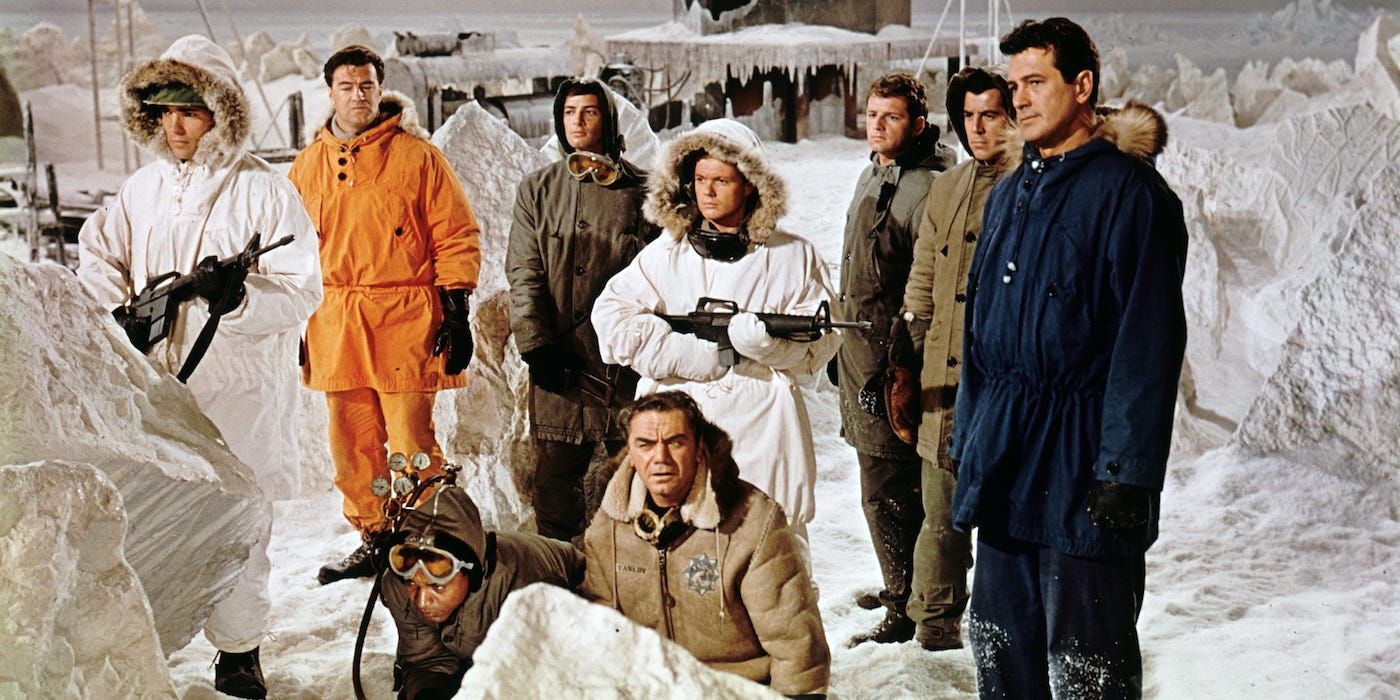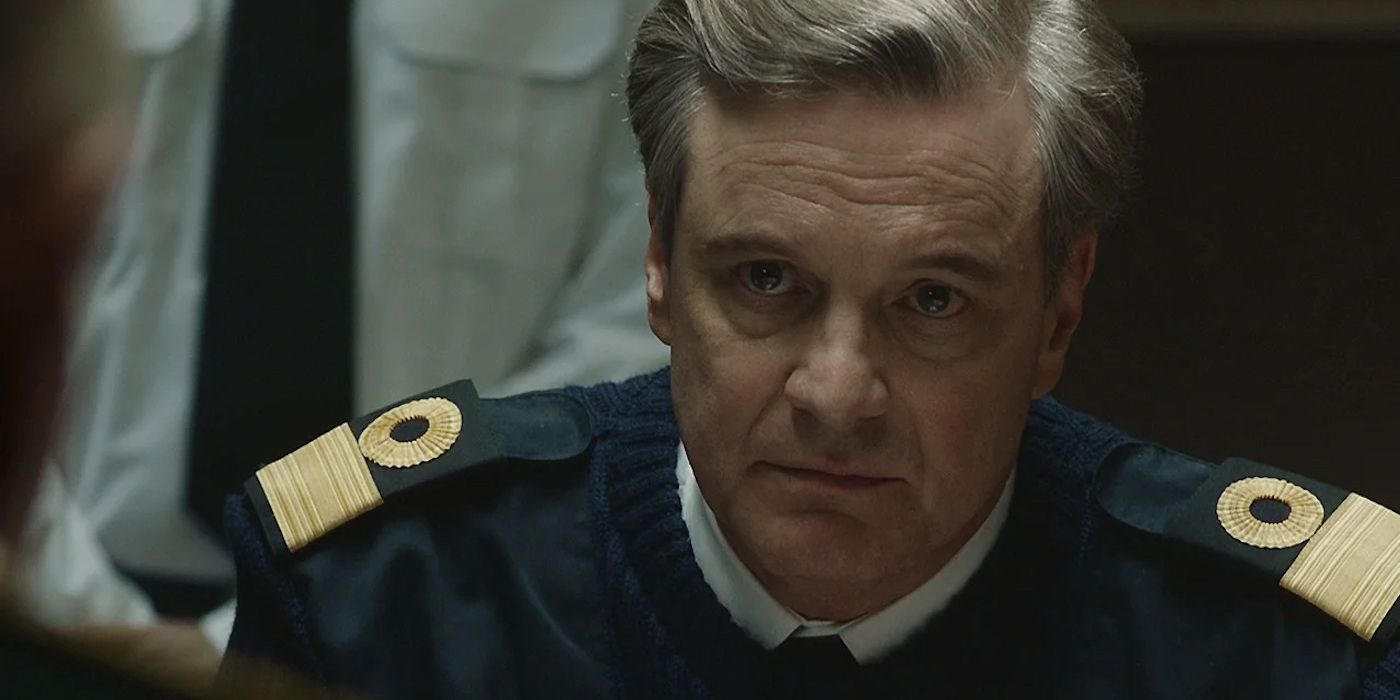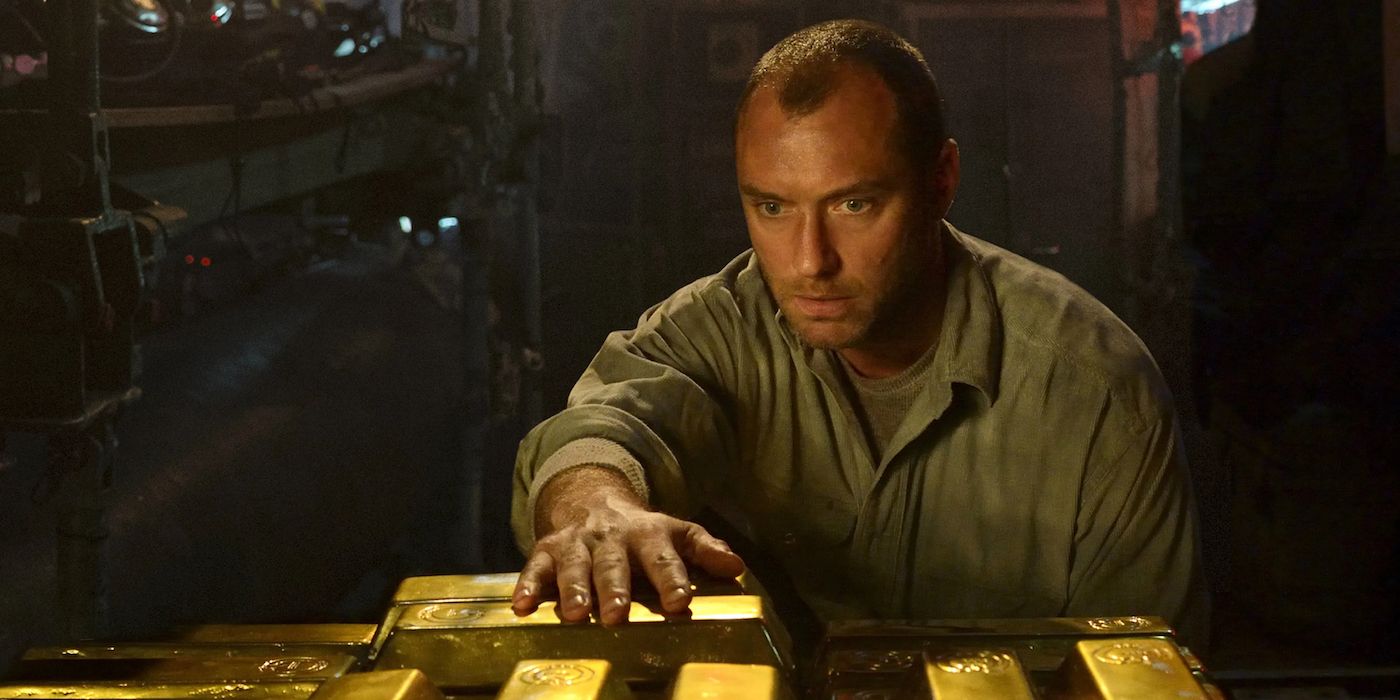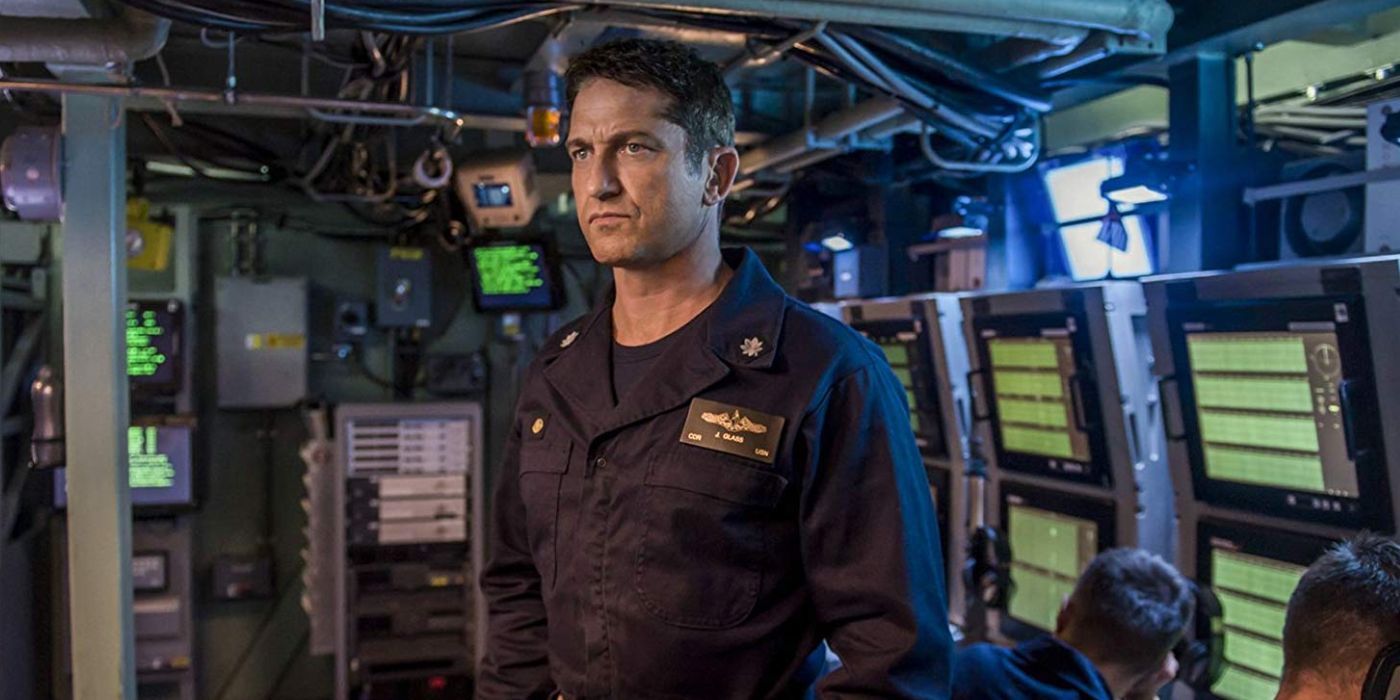The Big Picture
- Submarine movies thrive on claustrophobia and tension, often combining the stress of being underwater with undersea threats or enemy warships.
- The Boat (198
- and K-19: The Widowmaker (200
- accomplish the rare feat of evoking empathy for Nazi and Russian crews, respectively.
- Popular submarine movies like The Hunt for Red October (1990) and Crimson Tide (1995) are tense and gripping, featuring intense battles and conflicts among crew members.
Submarine movies are an interesting genre. Thanks to their location, primarily on the submarine itself, there’s already an inherent sense of claustrophobia and tension that is unique to the films. The best use this to their advantage — with Wolfgang Petersen's The Boat as a prime example. In these movies, characters aboard contend not only with the stress of being below the water's surface, but also with a unknown undersea terror or enemy warships intent on their submarine’s destruction. With apologies to The Beatles’ Yellow Submarine, here’s the top of the undersea.
The Boat (1981)
The film that launched director Petersen's Hollywood period is a textbook example of the genre. The film follows the crew of a German U-boat, under siege by British destroyers. They are undeniably on edge, a huddled, confined mass dealing with extremities of sheer boredom to terrifying moments of intense fear. It's a gritty, hard-hitting film that accomplishes something rare: empathy for Nazis.
The Hunt for Red October (1990)
If The Boat is a textbook, then The Hunt for Red October is the popular summer read. Easily the most well-known of the genre, October is set in 1984, during the Cold War, and the Soviets have developed a new nuclear submarine, Red October, with an advanced propulsion system that runs silent. Unfortunately, Captain Marko Ramius (Sir Sean Connery) has gone rogue, taking the sub towards America. The U.S. believes that Ramius' intent is to attack. The Russians are sending out naval and air forces to stop it before it gets to America. Only Jack Ryan (Alec Baldwin) has a different read on the situation: he believes Ramius intends to defect. The film is tense and gripping, and the final battle with another Soviet vessel is amazing.
U-571 (2000)
After intercepting a distress call, a U.S. Navy submarine is sent to capture German U-boat U-571 and steal the Enigma machine coding device aboard. The America crew boards the U-boat and assumes command after overwhelming the Germans. Lieutenant Andrew Tyler (Matthew McConaughey) route the sub towards Cornwall, but encounter German and American (unaware Americans have taken control) forces intent on bringing it down. The rather average film ended up stirring controversy upon release, with British Prime Minister Tony Blair condemning the film in Parliament for Americanizing a key moment in British war history.
K-19: The Widowmaker (2002)
Based on a true event, K-19: The Widowmaker sees Russia launch the K-19, the USSR's first nuclear ballistic submarine, in 1961. During this maiden voyage, the nuclear reactor aboard malfunctions and begins to leak, endangering the lives of Captain Alexei Vostrikov (Harrison Ford), commander Mikhail Polenin (Liam Neeson) and the crew. Adding to the danger is the very real threat that another Chernobyl-like event could spark World War III. Director Kathryn Bigelow uses the elements of confinement and countdown masterfully, and similar to The Boat before it, K-19 pulls off empathy for a group of Russians.
Run Silent, Run Deep (1958)
Commander P.J. Richardson (Clark Gable) is given a new submarine command, the USS Nerka, a year after his previous command was sunk by the Japanese destroyer Akikaze in the Bungo Straits. Richardson flagrantly disobeys direct orders when he assumes control, taking the vessel to the Bungo Straits to exact revenge upon the Akikaze. The crew is outraged at the violation, but must defend themselves when the Nerka is attacked. The attack leaves three crew members killed, and Richardson incapacitated. Lieutenant Commander Jim Bledsoe (Burt Lancaster) takes over, and must decide to return home or finish the job Richardson began. A great film that, again, uses the claustrophobic element of the genre to full effect, along with some excellent action scenes.
Torpedo Run (1958)
Barney Doyle (Glenn Ford), the commander of a World War II submarine, is ordered to take the USS Grayfish and destroy the Japanese aircraft carrier Shinaru, the ship that led the Pearl Harbor attack. The mission is personal for Doyle, angered that the Japanese took his wife and baby daughter prisoner 10 months ago. Good news: both wife and daughter are alive. Bad news: they are in a transport carrying American POW's, the transport that happens to be screening the Shinaru. Now, Doyle has an impossible decision to make, and the film uses the eventual decision and its fallout from it skillfully.
Crimson Tide (1995)
It's a better-than-average action thriller buoyed by its two leads, Denzel Washington and Gene Hackman. Russian rebels have captured some nuclear missiles, prompting the Americans to send out vessels to take action if needed, including the USS Alabama. Commander Hunter (Washington) is paired with Captain Ramsey (Hackman) on the boat. The two are radically different, and butt heads on how an incident aboard the sub is handled. Then they get orders to attack, but while preparing, a second order is only partially received due to damage with their communications. Now they are at a crossroads: Hunter's desire to reestablish contact and confirm the order to attack before taking action, versus Ramsey's call to proceed as ordered initially.
72 Meters (2004)
A Russian sub inadvertently makes contact with a World War II naval mine during practice maneuvers, and the ensuing explosion sinks the vessel. Many crew members are killed by the explosion, and the compromised vessel is taking in water, leaving only one compartment unflooded. The survivors huddle in the compartment and devise a plan to escape through the torpedo tube. Only one problem: they're 72 meters below the surface and only one breathing apparatus is charged and usable. It's not a great film, with subplots (no pun intended) that add nothing and plot devices that stretch believability, but interesting.
Ice Station Zebra (1968)
Espionage goes underwater when the crew of the USS Tigerfish are sent to investigate a distress call from Ice Station Zebra, a British scientific weather station in the Arctic. Things get problematic when it's discovered there is a saboteur aboard, intent on halting the rescue mission. Why, you may ask? The Soviets have stolen technology from the British and the Americans and produced a camera sent into orbit to photograph American missile silos, but it has taken pictures of Soviet missile silos as well. It just so happens that the film was ejected and landed nearby the station, so both the British and the Soviets have sent agents to try and get it first.
The Command (2018)
A dramatization of the 2000 K-141 Kurst submarine disaster. During a naval exercise, the Russian submarine K-141 Kursk sinks with 118 crew on board following an accident. Most of the crew, save 23, die, leaving the survivors with little time or space to survive. In the meanwhile, the families of the survivors battle waves of red tape, trying to get information on their loved ones. Also caught up in the bureaucracy is British officer Commodore David Russell (Colin Firth), desperately pushing for a Russian permit that would allow for an attempted rescue. The Command is a perfect example of another trope in the genre, the sailors who are failed by their superiors.
Black Sea (2014)
One of the few films in the genre that doesn't have military aboard the submarine, Black Sea features Jude Law as Robinson, a recently fired submarine captain for a marine salvage company. Risking everything, he pulls together a crew in search of a fabled sunken Nazi U-boat filled with gold ingots. The problem is, the area where the U-boat is purported to be lies in the Black Sea, which hosts a hostile Russian naval fleet. Worth watching for its unique premise in the submarine movie game.
Hunter Killer (2018)
American submarine USS Tampa Bay disappears in the Arctic while tailing a Russian submarine. The USS Arkansas and its newly-promoted commander Joe Glass (Gerard Butler) are dispatched to investigate. While the Arkansas makes its way north, a Navy SEAL team led by Lieutenant Bill Beaman (Toby Stephens) is sent to observe an Arctic Russian naval base. What they find is jarring: Russian defense minister Dmitri Durov (Mikhail Gorevoy) has taken Russian President Zakarin (Alexander Dyachenko) prisoner, and intends to trigger war. It's a fun film, especially if one is a fan of Butler's Has Fallen franchise.


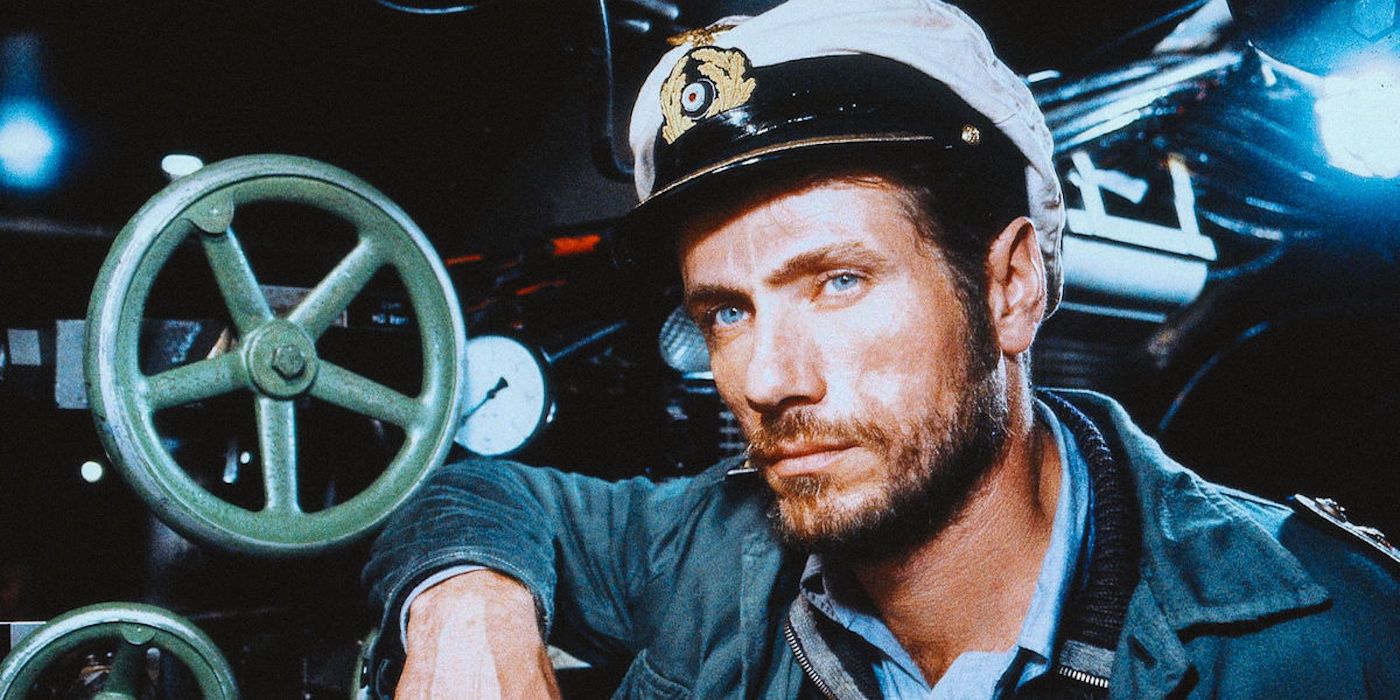
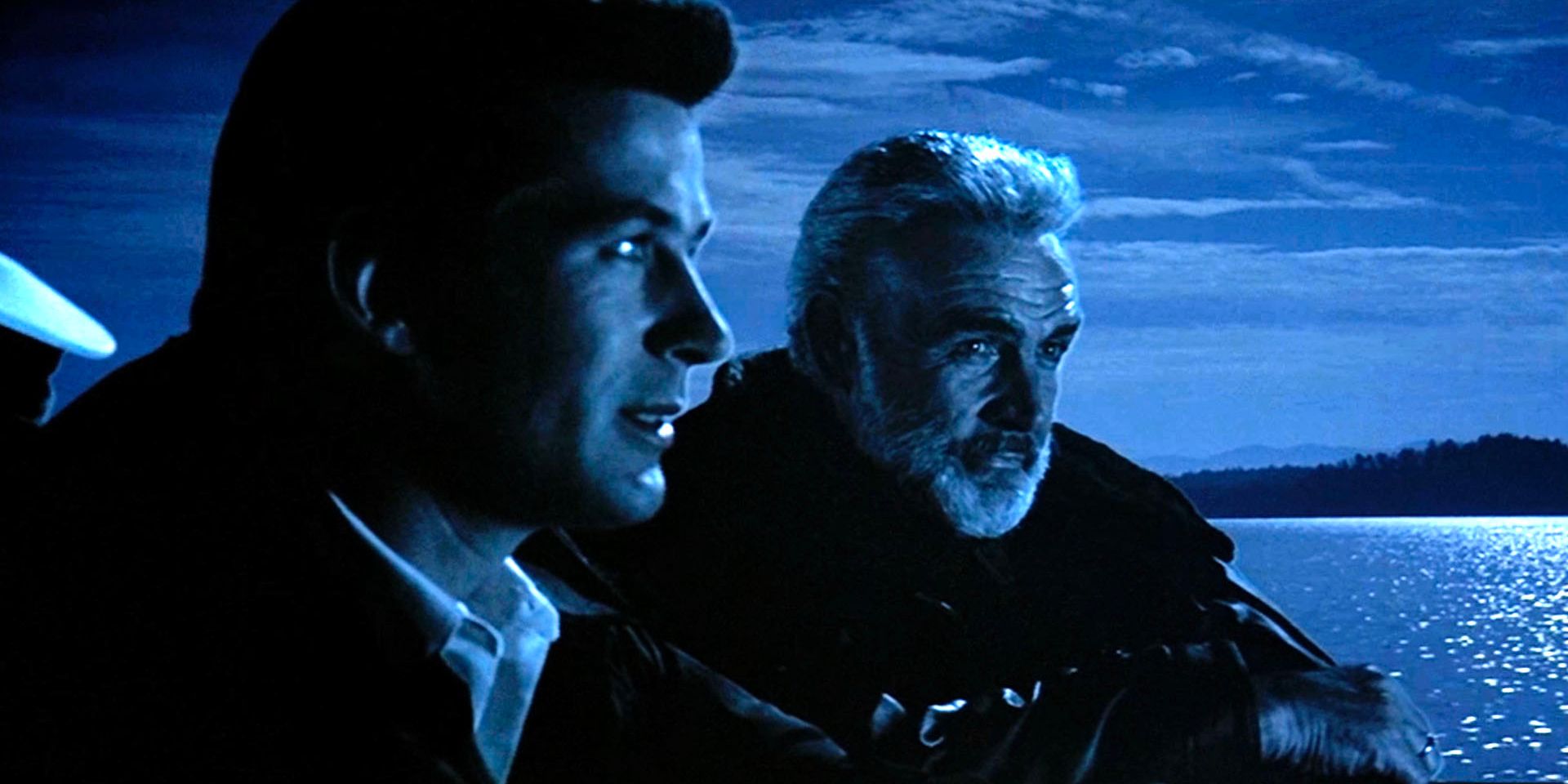
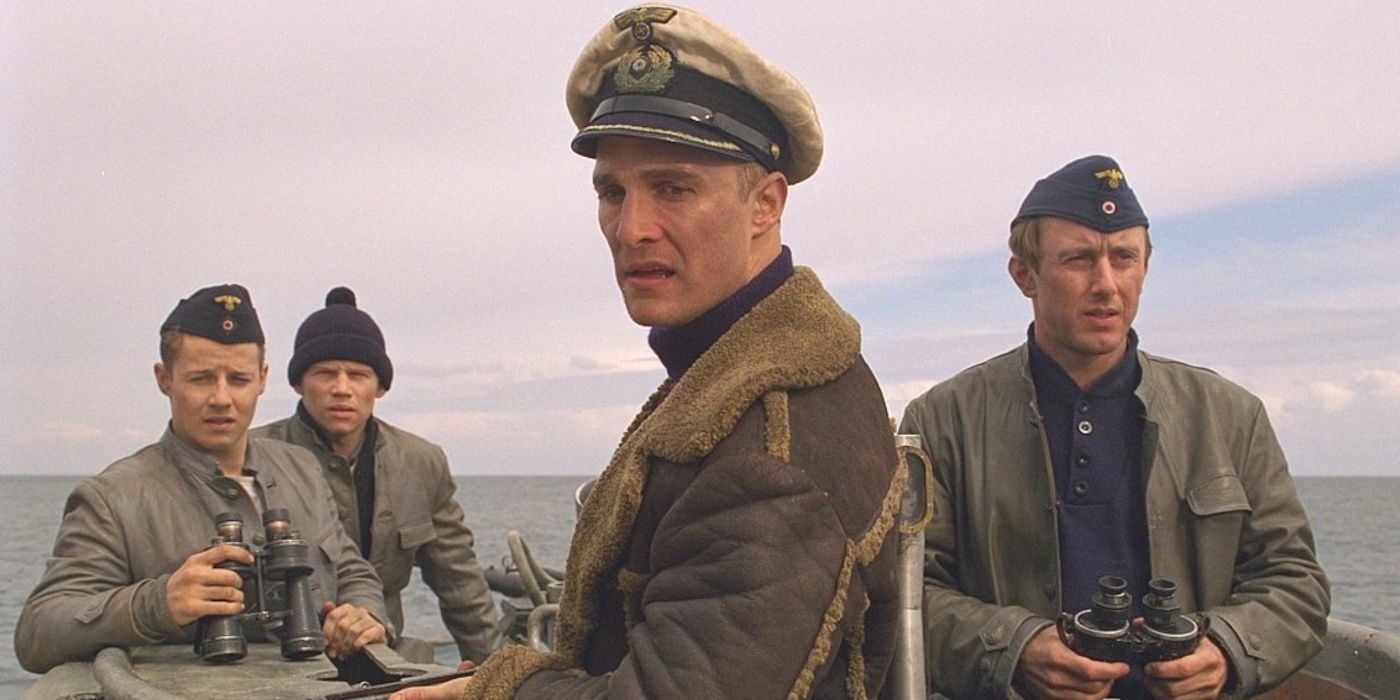
.jpg)
